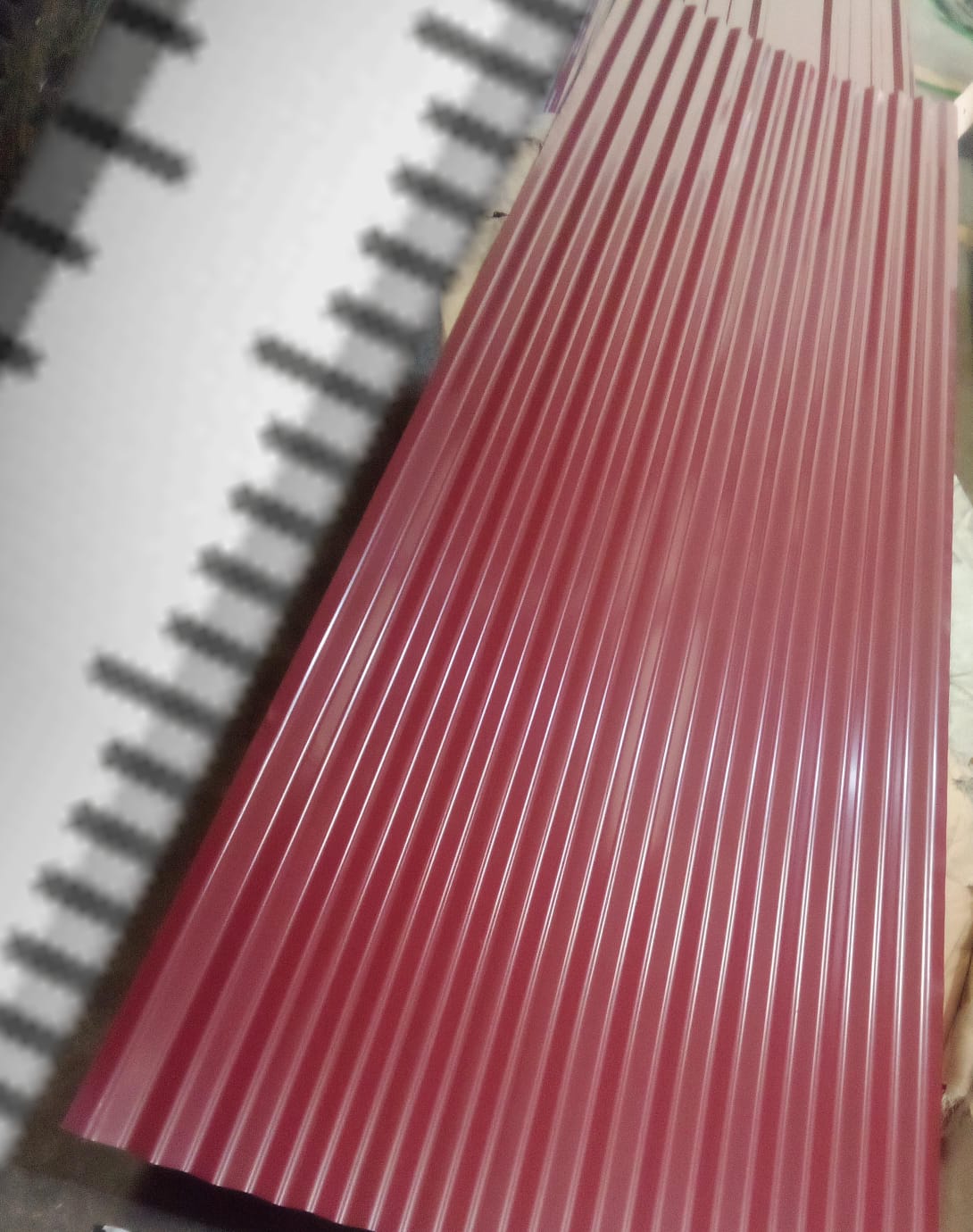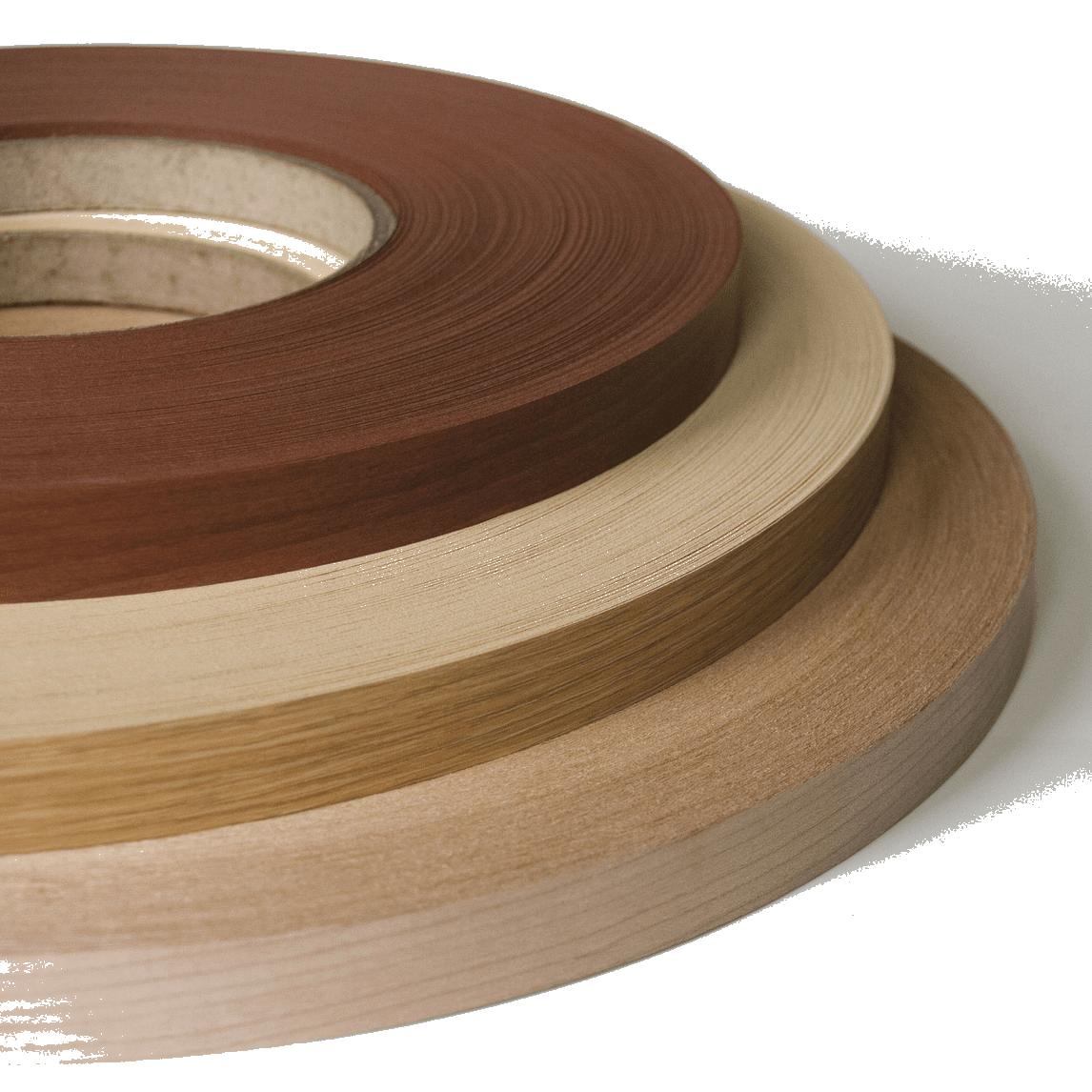Specifications
Gypsum Channels
Gypsum channels, also known as drywall channels or resilient channels, are components used in the construction of walls and ceilings to improve sound insulation and reduce the transmission of noise between rooms or floors in a building. They are typically made of galvanized steel or other resilient materials.
The primary function of gypsum channels is to provide a gap between the drywall panels and the underlying structure, such as studs or joists, to reduce the direct transfer of sound vibrations. This gap helps to isolate the drywall from the structure, preventing sound waves from traveling through the building materials and effectively dampening noise.
Gypsum channels are installed horizontally or vertically, depending on the specific application, and are typically attached to the framing members using screws or other fasteners. Drywall panels are then attached to the channels, allowing them to float independently from the structure.
The use of gypsum channels in wall and ceiling construction helps to improve the acoustical performance of a building, making it quieter and more comfortable for occupants. They are commonly used in residential, commercial, and industrial settings where noise control is a priority, such as apartments, hotels, offices, theaters, and recording studios.
In addition to their sound insulation properties, gypsum channels can also help to improve the structural integrity of walls and ceilings by reducing the transmission of impact and vibration, which can help to prevent cracks and other damage over time.
Overall, gypsum channels are an essential component of modern construction practices, providing effective sound insulation and improving the overall comfort and quality of indoor environments.
Gypsum Channels
Gypsum channels, also known as drywall channels or resilient channels, are components used in the construction of walls and ceilings to improve sound insulation and reduce the transmission of noise between rooms or floors in a building. They are typically made of galvanized steel or other resilient materials.
The primary function of gypsum channels is to provide a gap between the drywall panels and the underlying structure, such as studs or joists, to reduce the direct transfer of sound vibrations. This gap helps to isolate the drywall from the structure, preventing sound waves from traveling through the building materials and effectively dampening noise.
Gypsum channels are installed horizontally or vertically, depending on the specific application, and are typically attached to the framing members using screws or other fasteners. Drywall panels are then attached to the channels, allowing them to float independently from the structure.
The use of gypsum channels in wall and ceiling construction helps to improve the acoustical performance of a building, making it quieter and more comfortable for occupants. They are commonly used in residential, commercial, and industrial settings where noise control is a priority, such as apartments, hotels, offices, theaters, and recording studios.
In addition to their sound insulation properties, gypsum channels can also help to improve the structural integrity of walls and ceilings by reducing the transmission of impact and vibration, which can help to prevent cracks and other damage over time.
Overall, gypsum channels are an essential component of modern construction practices, providing effective sound insulation and improving the overall comfort and quality of indoor environments.
Similar Products
LNB Tee Door Cypress Standard Size Door
KES 2,399.00
PTG GUTTERS- End Caps
KES 425.00
Drawer Rails (Knickers) 12 Inch
KES 240.00
Lipping Rolls 200mtrs
KES 1,849.00










